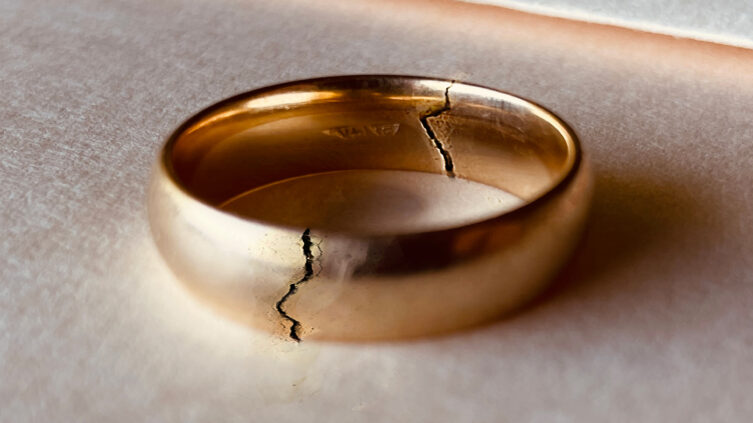The Other Side of Marriage Records: Tracing Divorces in Genealogy
- By David Ridd ·


When building a family tree, the basic expectation is that you’ll uncover births, marriages, deaths, and hopefully even some immigration records. But there’s another life event you might overlook: divorces. Divorce records are kept at a local or state level rather than federal, and, like most aspects of life with negative connotations, families often prefer not to share stories of divorce verbally. For that reason, when you come across them, it’s sometimes a surprise.
I remember the moment I realized my great-aunt’s “missing” husband hadn’t died young, as the story went – he simply remarried after a quiet divorce no one talked about. That little discovery is one no one in my family knew (or admitted to), but it opened a whole new chapter in our history. That’s because divorce records can reveal hidden family stories, second marriages, step-siblings, and name changes that might otherwise leave you puzzled.
That said, divorce records aren’t always easy to find, and how you search depends a lot on when and where the divorce occurred.
» Curious how vital records keep evolving? Check out Why Are Marriage Records Essential for Tracing Family Lineages?
Where to Start: Know the Location and Timeframe
As mentioned, divorce records are typically maintained at the local or state level, rather than at the federal level. That means your first question should be: Where did the divorce happen, and when? If you know the location and an approximate date, you’re off to a good start.
From there, the search depends on where you live or where you’re looking. For example:
- In the U.S., most divorce records are held by county courts (for recent divorces) or state archives (for older divorces).
- In many European countries, divorce records can be found in civil registration offices or court archives, depending on the specific time period.
- In Latin America, divorces before the mid-20th century were rare and often processed through ecclesiastical annulments or civil reforms, so terminology matters.
You may also find divorce clues in marriage records, census returns (listing someone as “divorced” or “widowed”), or even in obituaries.
What Information Divorce Records Can Reveal
In some older divorce records, you may see witness names or legal representatives, which can lead to even more family connections. Divorce records vary widely depending on the region and time period, but they can still offer rich details like:
- Full names of both spouses
- Date and location of the marriage and divorce
- Grounds for divorce
- Custody arrangements or financial settlements
- Maiden names or name changes (especially important for women)
How to Search Online (and What to Watch For)
If the divorce occurred in the 20th century or later, you may be able to find a digital trail. Start with a historical record search and filter by court or marriage and divorce records. You can also look at state or provincial archive websites. Finally, local courthouse digital indexes can often have valuable info (some even offer free lookups or small fees for scans).
The important thing to keep in mind, however, is that privacy laws may restrict access to recent divorce records – some are sealed for 50–100 years. Additionally, not all jurisdictions maintained formal divorce records until the late 1800s or early 1900s, so your search might inherently have some gaps that are tough to glue back together.
Pro tip: If you suspect a divorce happened but can’t find a direct record, look for evidence of remarriage or changed household structure in census records.
What If You Hit a Wall?
Divorce records are one of many tools for uncovering the secrets of your family tree, but they’re also a tough one to utilize. If the divorce happened in a country with limited access to civil records, or in a time when divorce was taboo or legally complex, you still have options:
- Search for church annulment records (especially in Catholic-majority countries)
- Look at local newspapers — divorce filings were often printed in legal notices
- Ask relatives for help. Some of the best clues about old marriages and divorce come from conversations and direct questions with older family members.
Divorce records can help explain why a family split up, why a parent moved, or why a child carried a different surname. They often contain names and facts you won’t get anywhere else. If you don’t find a divorce certificate right away, don’t give up. Whether it’s buried in an old newspaper notice, tucked into county archives, or indexed in a database, these records hold keys to emotional and legal chapters of your family’s story.
» Want to see how marriage and divorce records can unlock unexpected family connections? Read Tracing Ancestry Through the Mother’s Side










